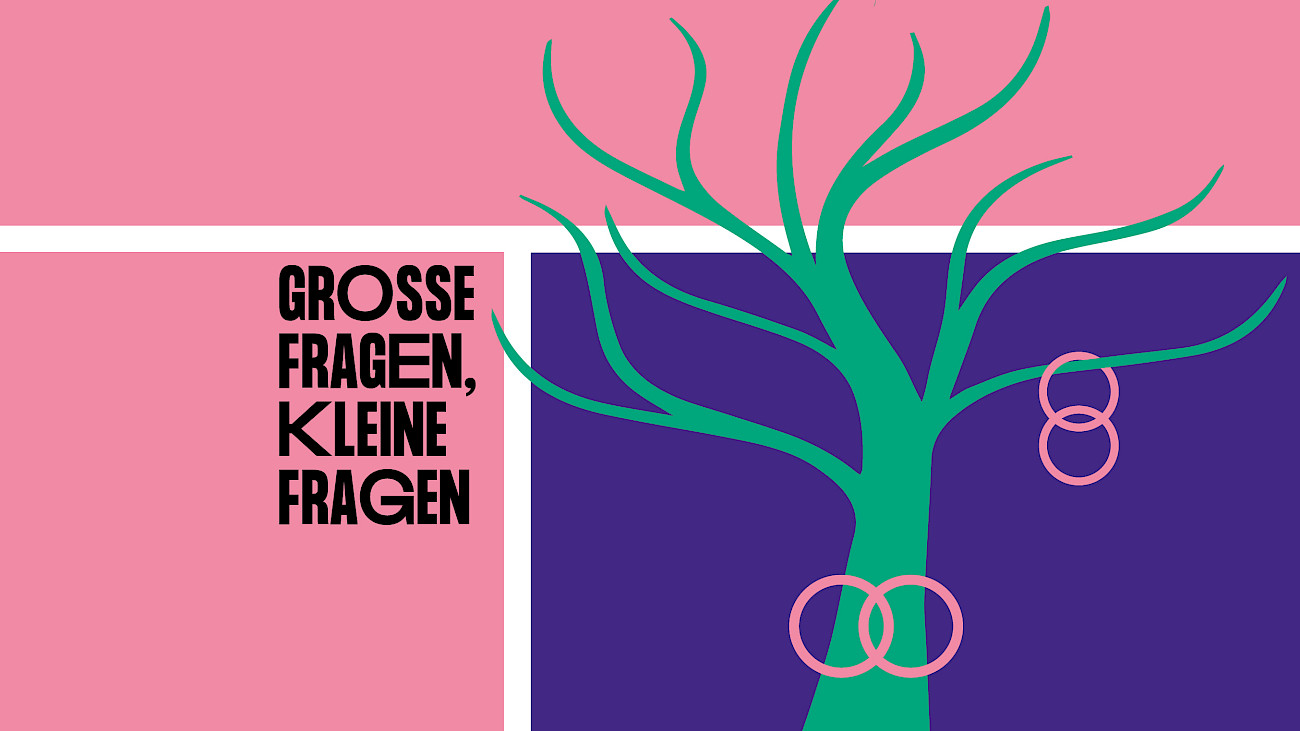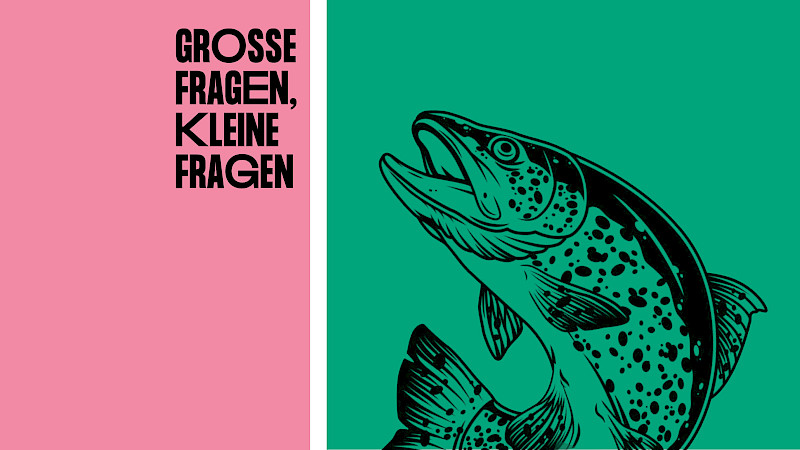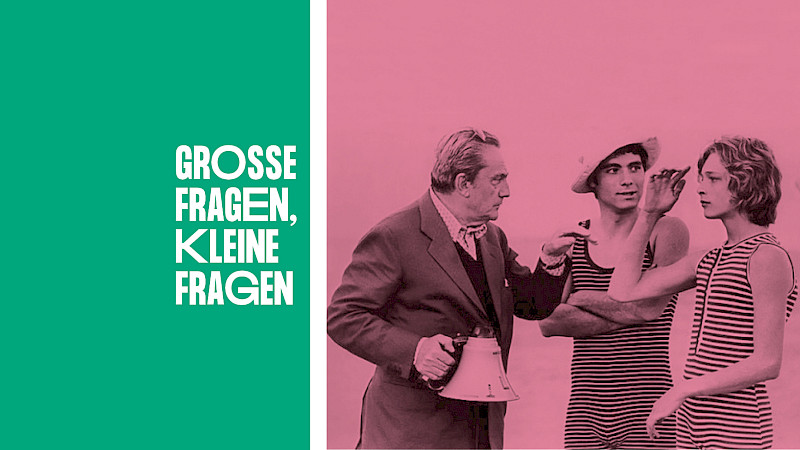
Which Composers Married Composers' Daughters?
Josef Suk was the son-in-law of Antonín Dvořák. And there are more important duos.
Josef Suk and Antonín Dvořák
Antonín Dvořák advised his 18-year-old pupil Josef Suk to compose something cheerful for once, and indeed Suk's next work, a string serenade in E flat major, does sound cheerful, lyrical and sunny. This may have had to do not only with Dvořák's advice, but also with the fact that Suk had fallen in love – with Ottilie, his teacher's daughter. in 1898, the two were married.
Six years later, Dvořák died, and Suk turned his attention to darker plans again. His second symphony was to bear the angel of death «Asrael» in its title, as a tribute to his father-in-law. Things turned out differently, for «the fearsome angel of death struck a second time with his scythe», as Suk wrote: at the age of only 27, Ottilie died unexpectedly due to a heart defect. «Such a misfortune either destroys a person or carries all the dormant forces in him to the surface,» Suk wrote. «Music saved me, and after a year I began the second part of the symphony, starting with an adagio, a tender portrait of Otilka.»
The symphony, which thus became a double Requiem and will soon be performed at the Tonhalle Zurich under the direction of Jakub Hrůša, was then at the same time a new beginning: Suk found his own, sensual style here.
Richard Wagner and Franz Liszt
in 1870, Richard Wagner married Cosima, the illegitimate daughter of Franz Liszt and the Countess Marie d'Agoult. Liszt was only two years older than his son-in-law, and the two had known each other for decades. And it was not only musically that they were initially close allies: Liszt provided Wagner with a false passport when he had to flee Dresden because of his participation in the 1848 revolution. During Wagner's time in exile in Switzerland, he ensured that Wagner's works were performed in Germany; he played transcriptions of them in his own concerts.
The friendly relationship threatened to break up when Cosima left her first husband, the Liszt pupil Hans von Bülow, because of Wagner. But they found each other again, at least superficially. Liszt admired Wagner's works; conversely, this was less and less the case. in 1882, Cosima described in her diary how Wagner expressed himself about Liszt's latest compositions: «He must find them quite senseless and expresses this thoroughly and sharply». There was talk of «germinating madness», also of «discords».
Wagner died in Venice in 1883, Liszt three years later in Bayreuth, during the festival now directed by Cosima. She let the music continue, and a musical funeral service was dispensed with. Anton Bruckner was only brought to Bayreuth for the funeral – but at Cosima's behest, he did not play music by Liszt, but organ improvisations on Wagner's «Parsifal».
Luigi Nono and Arnold Schönberg
in 1954, the concertante premiere of Arnold Schönberg's «Moses und Aron» took place in Hamburg. Schönberg, who had called himself Schoenberg since his emigration to the USA, was no longer alive at the time; but his widow and daughter Nuria were there. After the performance, a then 30-year-old Italian composer and communist introduced himself to them: Luigi Nono. He had created the orchestral material based on the score and wanted to meet Schönberg's widow.
A year later, he and Nuria married. So there were now family ties between two of the greatest composers of the 20th century. And even though they had never met, Schoenberg was a presence in the Nono family. She was not only Nuria to Nono, but also Schönberg's daughter, Nuria Schoenberg Nono once said in an interview with the magazine of the «Süddeutsche Zeitung». She herself studied biology, but her experiences with Schönberg's music also facilitated her access to Nono's works. «And even as a child I knew that when someone composes, you have to leave him alone.»
Later she built up the Archivio Luigi Nono in Venice, and she also plays an active role in the Schönberg institutions in Los Angeles and Vienna. In addition, she got involved in another interesting family constellation through her daughter Silvia: Silvia was married to the Italian director Nanni Moretti. Both she and Nuria Schoenberg Nono appear in his film «Aprile».
Johann Christoph Altnikol and Johann Sebastian Bach
in 1749, Johann Christoph Altnikol married Elisabeth Juliana Friederica Bach, who was 22 years old at the time, in St Thomas' Church in Leipzig. Their father Johann Sebastian Bach had also been his teacher, and he seemed to hold him in high esteem: In any case, he once wrote that Altnikol was a pupil «of whom I must not be ashamed». Only a few of Altnikol's works have survived – including two motets, four cantatas and a mass in D minor.
Bach himself, by the way, once turned down the offer of becoming the son-in-law of a great composer. At the age of twenty, he had wandered to Lübeck to hear the famous Dietrich Buxtehude and to apply to become his successor at the Marienkirche. The condition for the succession, however, was marriage to Buxtehude's then 30-year-old daughter Anna Margareta. Bach, then already engaged to his second cousin Maria Barbara, preferred to look for another position.
Translated with DeepL.com





